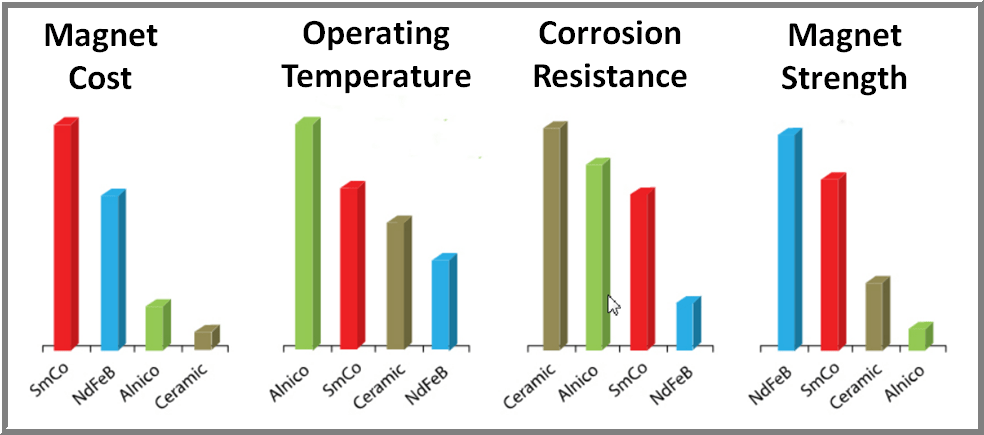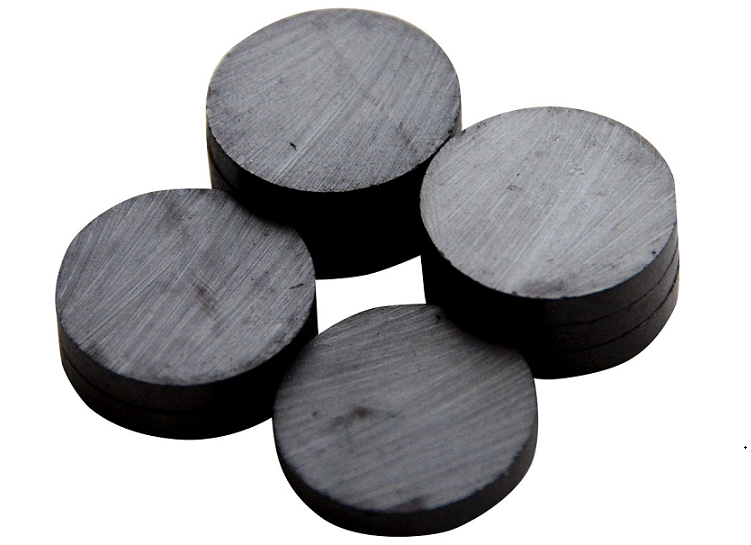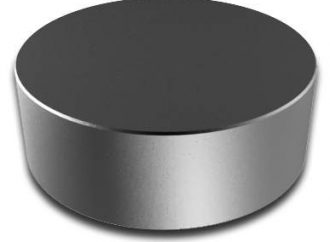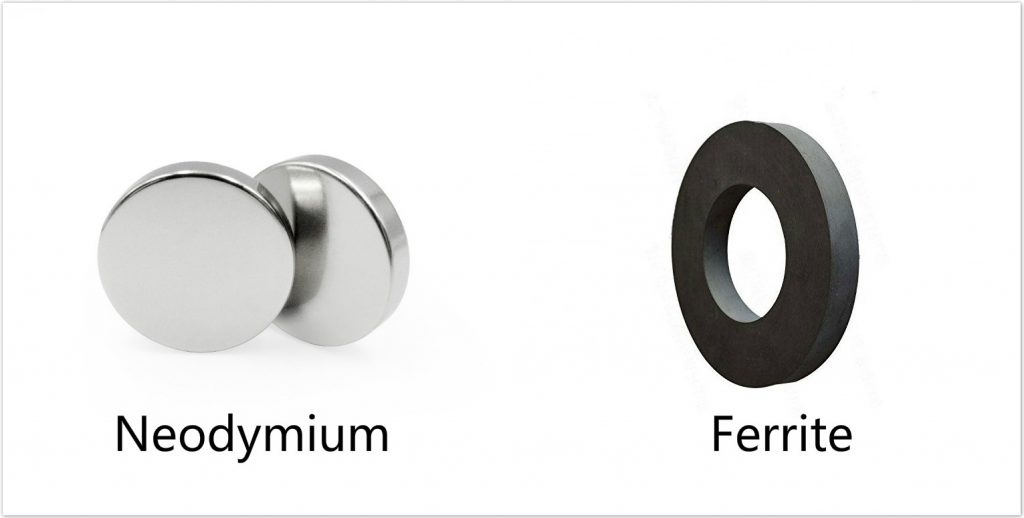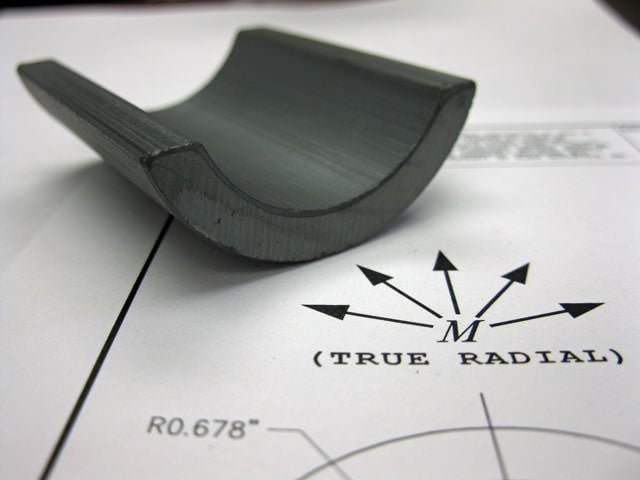The ability to keep the magnet magnetized after the external magnetizing field is removed is what is special about permanent magnet alloys.
Do ceramic magnets lose their magnetism.
Bar magnets for science class have their north and south poles clearly marked.
While their hard brittle quality and low energy exclude them from some applications ceramic magnets have won wide acceptance due to their corrosion and.
If you store or stack them with the north poles together this causes them to lose their magnetism faster than normal.
The higher a magnet s coercivity the more likely it will retain its magnetic characteristic even when stuck in a magnetic field of opposite polarity.
They are composed of iron oxide and strontium carbonate.
When the magnet is magnetized it is put into a higher energy state.
They are electrically nonconductive meaning that they are insulators and ferrimagnetic meaning they can easily be magnetized or attracted to a magnet.
The magnet desires to reduce the energetic state and become demagnetized.
At this point the energy being put into the magnet.
The magnetic field typically produced by rare earth magnets can exceed 1 4 teslas whereas ferrite or.
Instead you want to store them with the north pole of one touching the south pole of another.
There are three common ways for this to occur.
However some grades of neodymium magnets can also be exposed to very high temperatures before their properties begin to change and they lose their magnetism either temporarily or permanently.
Magnet alloy does not desire to be magnetized.
Not all permanent magnets are the same however.
Ferromagnet materials will lose their magnetism if heated above a point known as the curie temperature.
Rare earth magnets are strong permanent magnets made from alloys of rare earth elements developed in the 1970s and 1980s rare earth magnets are the strongest type of permanent magnets made producing significantly stronger magnetic fields than other types such as ferrite or alnico magnets.
Ceramic magnets also known as ferrite magnets were developed in the 1960 s as a low cost alternative to metallic magnets.
They are both composed of materials which once given a magnetic charge will retain their magnetism for years unless they become damaged.
A ferrite is a ceramic material made by mixing and firing large proportions of iron iii oxide fe 2 o 3 rust blended with small proportions of one or more additional metallic elements such as barium manganese nickel and zinc.
Answer yes it is possible for a permanent magnet to lose its magnetism.
Rare earth magnets and ceramic magnets are both types of permanent magnets.
